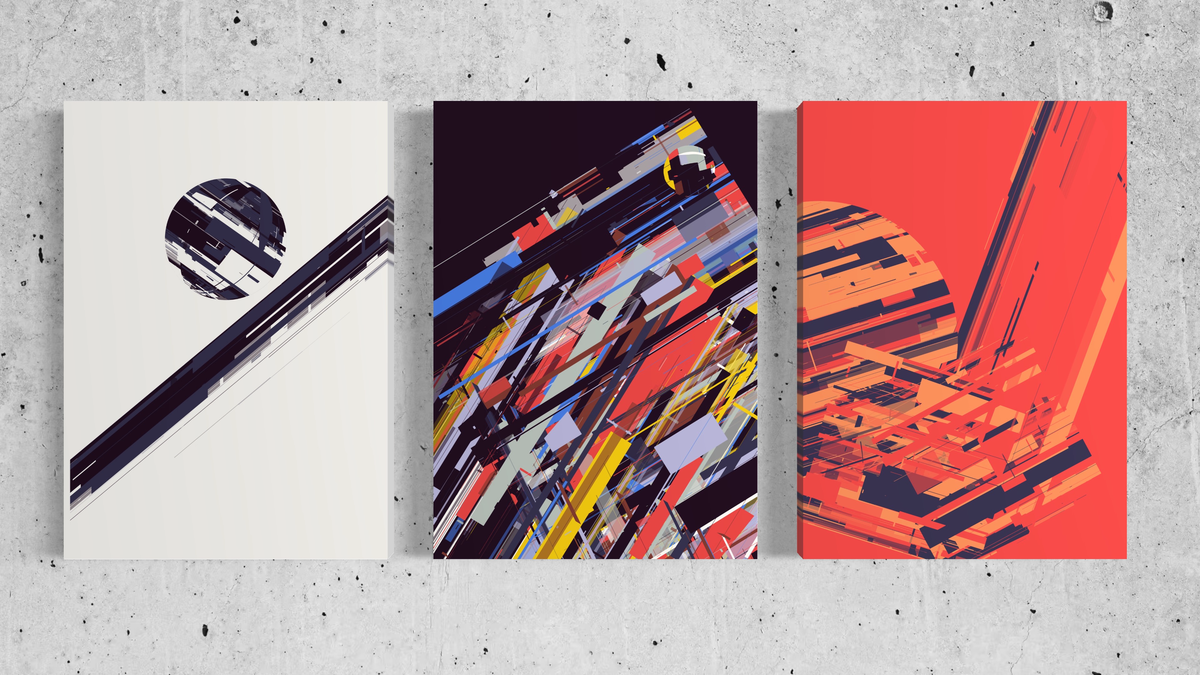
Balance and Boundaries
written by boringold.tez
Introduction
How Moons Are Made by Richard Boeser is an outstanding generative artwork. Its ingenuity and thematic depth are expressed by an innovative, custom minting interface, vibrant compositions, and an amazingly thoughtful integration of the project's underlying theme in both.
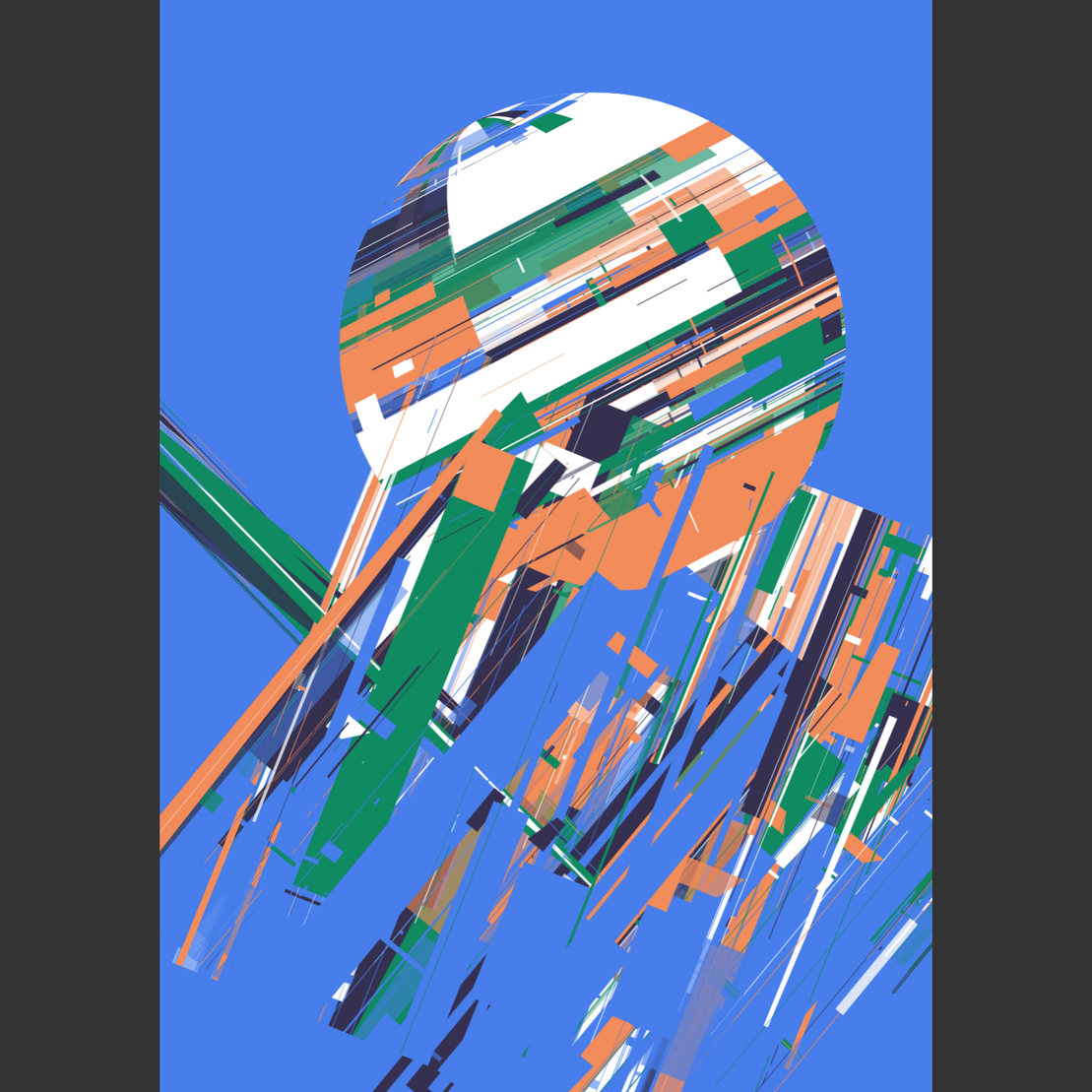
The Tools for Building a Moon
At the heart of How Moons Are Made lies an innovative custom interface for setting the parameters that is both easy to use, but surprisingly complex in its dependencies. The process of finding your favourite configuration involves randomization (as is to be expected in a generative art project), while the artist's decision to withhold the option to revisit previous variations adds emotional impact to the interactive experience: The minter can see the seed number for palettes and decoration styles, but they can't enter them manually. They can keep either colours or style and randomize the other attribute individually, yet once they go to the next variation, the previous seed for that attribute is gone.
The possibilities for compositions show a similarily restricted freedom. Each change to one of the three nodes that position the images' elements influences dimensions and angles of the other visual elements. This interaction resembles the complex gravitational systems that celestial bodies are subject to. The way this relationship is presented to the minters from the start is a level of thematic cohesion that I haven't seen like this before and that contributes considerably to my enthusiasm for How Moons Are Made.
How Moons Are Made #7
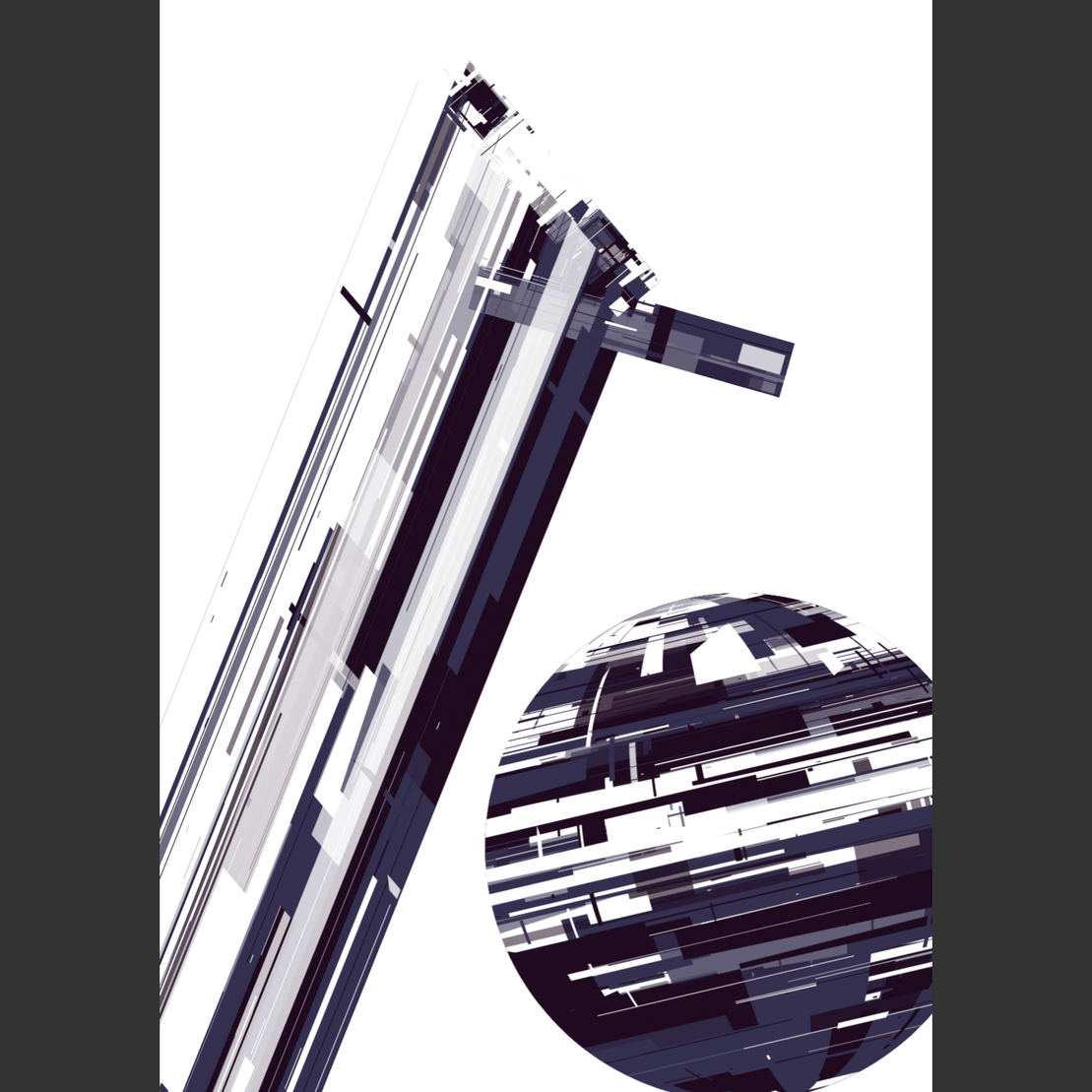
The artist released an insigthful article on the creation and possible configurations of their artwork that I definitely suggest reading: How Moons Were Made
The Face in the Moon
The fragmented, irregular patterns of the final images evoke a technical, unfinished feeling that perfectly fits the theme of literally building a moon. Perhaps thanks to the title's implication of artificial moons, my first interpretation of the project's thumbnail was seeing the infamous Death Star rise behind a colossal Star Destroyer.
Graphical, vibrant, and flat, the style and texture of the outputs feel fresh, while the palettes allow for nostalgic looks reminiscent of the later decades of the previous century.
How Moons Are Made #8
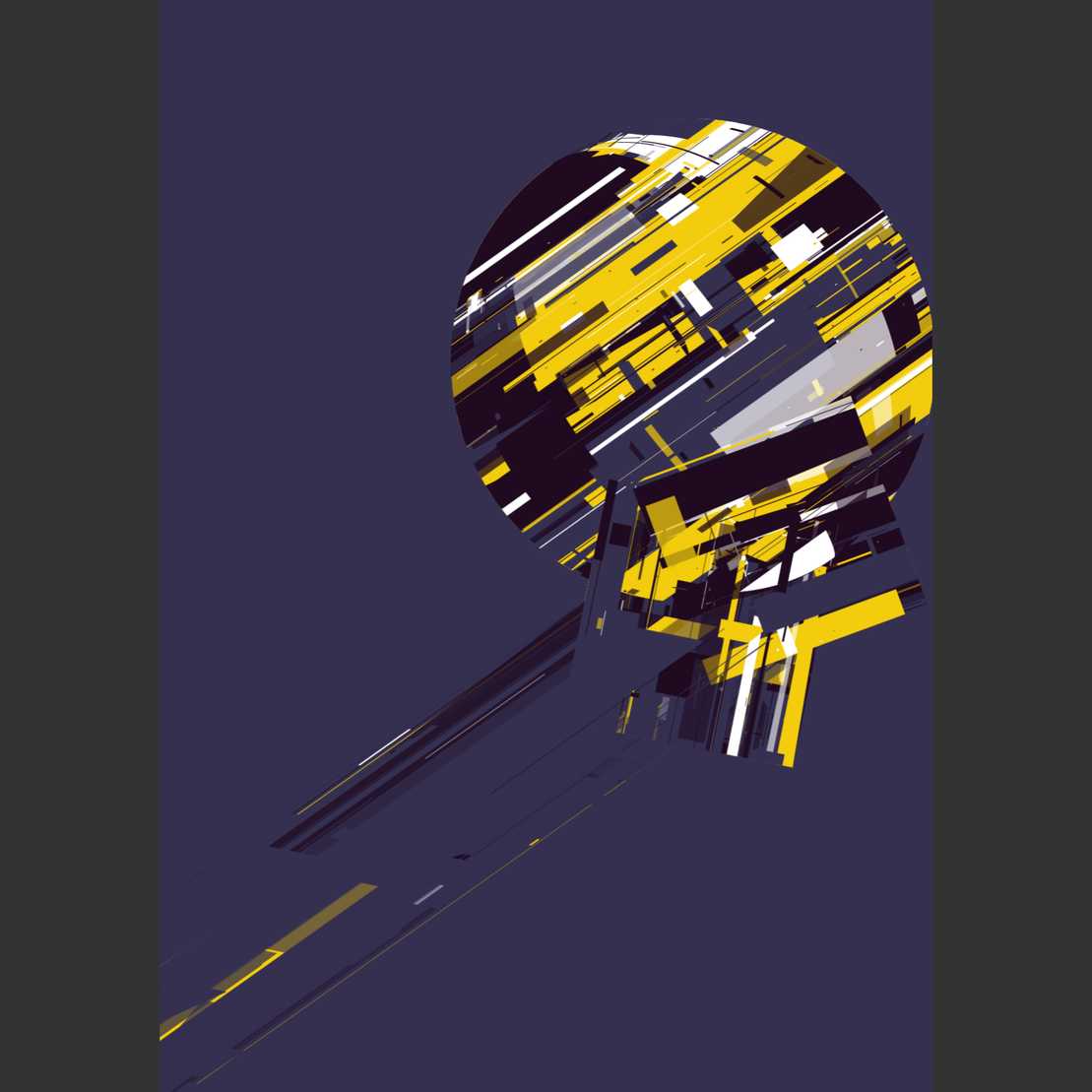
The thematic focus of the project reminded me of Shattered Moons by Lionel Radisson, and both artworks share a duality of geometry and deconstruction. While Shattered Moons represents an end-stage of a moon's life, How Moons Are Made explores the genesis and creative inception of these celestial entities that have fascinated mankind throughout known history.

Beyond the Borders of Representation and Interpretation
An intriguing aspect of How Moons Are Made lies in its potential to transcend a representational interpretation. Because of the title, it's easy to see the singular discs included in most images as a representation of a moon. Yet by arranging the components in certain ways, we can push the moon off the visible part of the canvas and make How Moons Are Made a non-representational piece of abstract art.
I love either approach to and view of this artwork.
How Moons Are Made #10
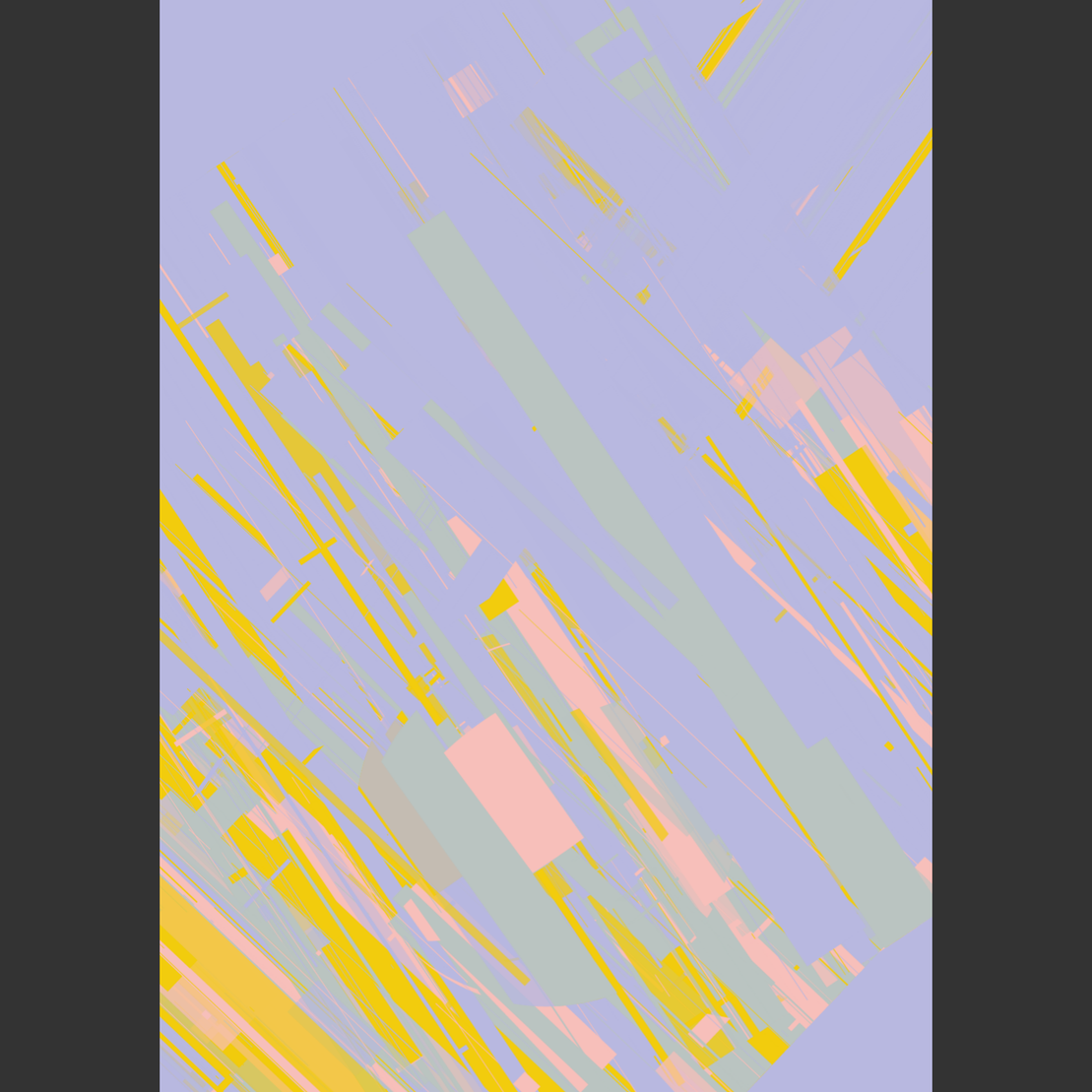
Conclusion
How Moons Are Made is not only an expressive project of generative art that offers beautiful, varied compositions. It also boasts a remarkable ingenuity in integrating the minting process seamlessly into the fabric of its thematic concept and narrative and is in my opinion a masterful convergence of artistic innovation and thoughtful execution.